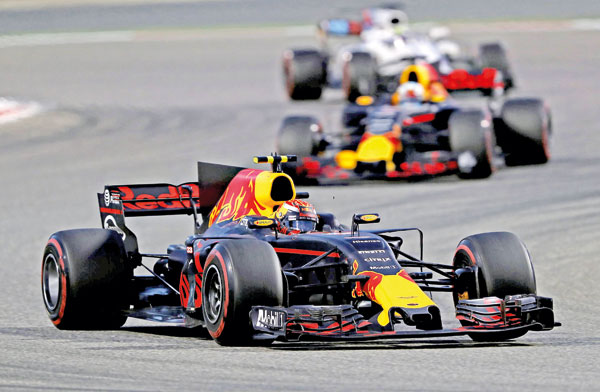Are flat hierarchies overvalued? F1 racers think so
View(s):In 2015, the World Economic Forum released a survey in which 86% of people believe in a global leadership crisis. Four years later, the headlines describe companies that dominate the news, fake chronicles, even catastrophic political decisions. What do you think of the remaining 14% today?
Organizations treat this “leadership crisis” in different ways. A particularly popular tactic in the Scandinavian countries is a horizontal hierarchy in which, as in a newly created company, management positions are eliminated for the benefit of employees working towards a common goal with equal responsibility. According to the Norwegian Business School BI, Scandinavian leaders are aware of important decisions. This should stimulate motivation and ownership.
 However, a country is not one of the most successful companies in the world: Germany.
However, a country is not one of the most successful companies in the world: Germany.
German research is largely an anti-aircraft leadership. A convincing study of Gianluca Carnabuci, associate professor of strategy at the Berlin ESMT, shows why many innovative companies fail.
It seems we can get stuck in the head. Instead of facilitating the exchange of knowledge and creativity, Carnabuci’s research shows that we are no longer ahead. He argues that we interpret the social world around us, including those who are leaders and who are not, using implicit assumptions that we do not know exist.
This statement explains why the organizations that fought have gone to great lengths. Zappos, the online shoe retailer, is a good example: after eliminating the hierarchy, they lost many employees and had payroll problems after releasing them. But many other “big” companies are still trying to create fluid, shared and dynamic management structures rather than rigid and hierarchical ones.
What are the effects of flat hierarchies on employees?
According to Matthew Bothner, another professor at the Berlin ESMT, companies with a flat management structure will cause conflict between leaders as they strive to assert their status against their competitors at work.
Bothner observed this in a particular way by analyzing the accidents of the Formula 1 racing series from 1970 to 2014 after the end of the race. He identified 506 collisions and almost all were pilots with a similar status.
Formula 1 accidents are rarely random errors. In general, two drivers blocked one after the other encourages the other to perform high-risk movements until the collision. For companies where employees compete in this way, the resulting conflict can have serious consequences. This is endemic in non-hierarchical management structures where common status symbols such as promotions and titles are overlooked.
The importance of the intermediate manager.
Flat hierarchies, which seem to ignore at their own risk, are the intermediate controls that eliminate this system. Take, for example, the work of Matthias Heinz of the University of Cologne, who discovered that when middle managers focus on human resources and team management, rather than simply supporting their team in their own tasks, staff turnover declines significantly.
Researchers reported on the results of middle managers who their executives directly asked to reduce staff turnover. They focused on human resources practices, including planning and hiring, training, coordination, and employee motivation. This has been a catalyst for reducing the number of workers who choose to leave.
This shows that these managers play a crucial role in the commitment and motivation of employees that would be lacking in an organization where no one could play this role. These results may scare the leaders of Silicon Valley, but it’s hard to ignore Germany’s status as one of the most productive countries in the world. Despite their appeal, flat hierarchies may not be a recipe for success.
With the Formula 1 team announcing their teams for the start of the 2019 season, you must be wary of the cultural clashes of riders who want to lead the pack.
A. G Sonalie Silva


